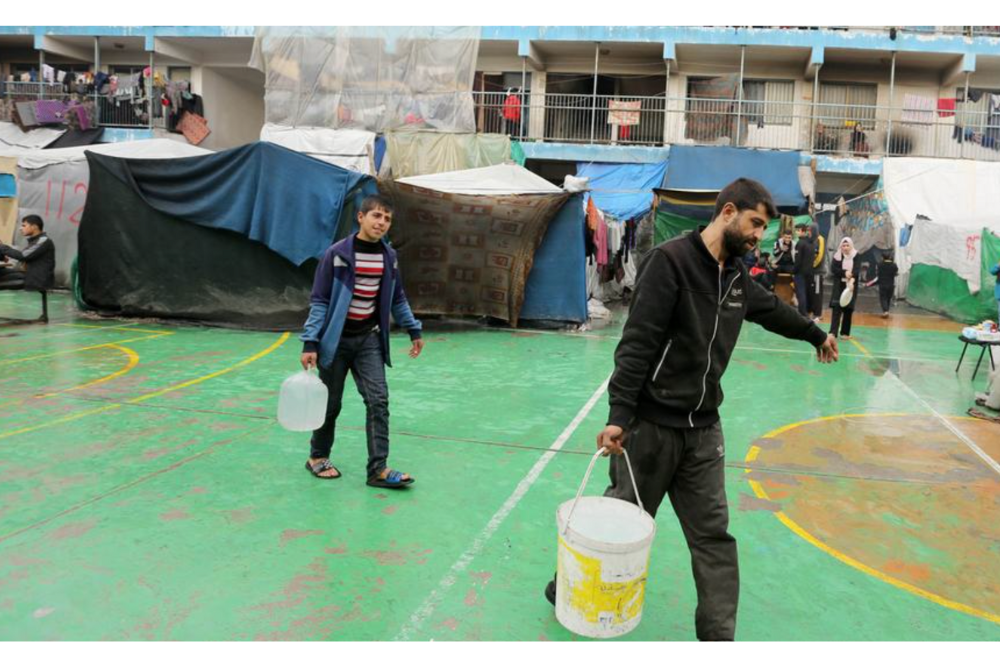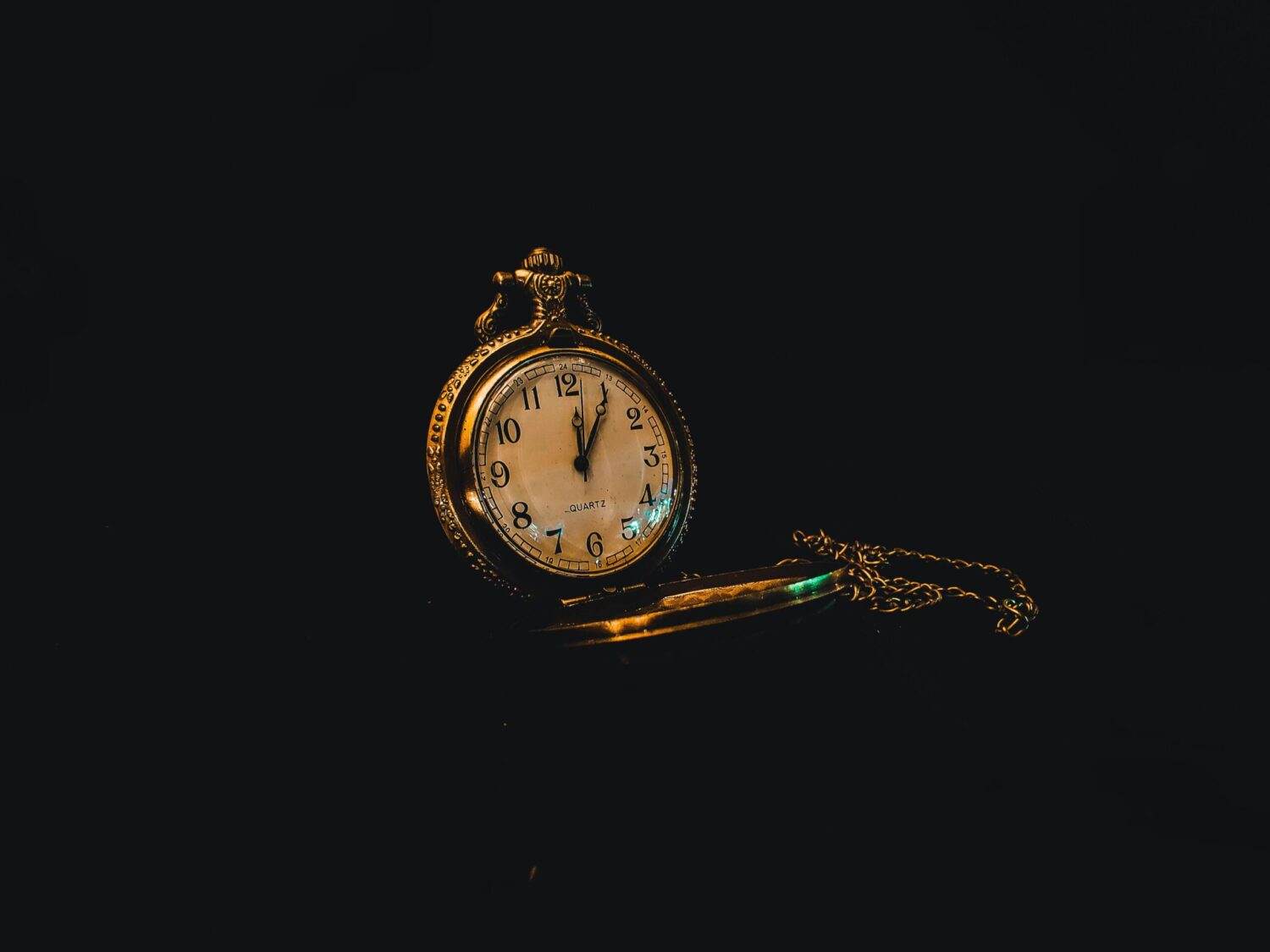Since February, authorities have imposed a series of new taxes and charges at border crossings and within the country.
These measures have impacted over 60,000 people, particularly in remote areas where humanitarian operations are already limited. This number is expected to rise to 145,000 by the end of May if the measures remain in place.
Anita Kiki Gbeho, the Humanitarian Coordinator for South Sudan, underscored the urgent situation, stating that UN agencies have been forced to halt lifesaving airdrops of food assistance due to dwindling fuel supplies.
“We call on the Government of South Sudan to uphold all agreements with humanitarians, including our NGO [non-governmental organizations] partners, and immediately remove new taxes and fees so that we can continue to support people in need,” she said on Sunday.
Her office further noted that the new taxes contravene the Status of Forces Agreement signed by individual agencies with the South Sudanese Government as well as Section 7 of the Convention on the Privileges and Immunities of the UN, which exempts the UN from all direct taxes and duties on imports of supplies for its official use.
Funds for saving lives
According to the Humanitarian Coordinator’s office, the new measures would increase the cost of food assistance and the UN Humanitarian Air Service (UNHAS) operations by $339,000 per month.
This amount could otherwise be used to feed over 16,300 people for a month.
“It is vital that our limited funds are spent on saving lives and not bureaucratic impediments,” she stressed.
Government assurances
Ms. Gbeho acknowledged assurances by many members of the Government of South Sudan that humanitarians are exempt.
However, there have been no written commitments to date, her office added.
Humanitarian situation
The humanitarian situation in South Sudan remains dire, with approximately nine million people, including 1.6 million children, requiring assistance and protection due to ongoing insecurity and conflict.
Since the war in Sudan began in April 2023, coupled with violence and the cessation of food distribution in parts of Ethiopia, thousands of people have returned to South Sudan, often arriving in underdeveloped areas as highly vulnerable populations.
Despite increasing needs, funding for humanitarian efforts remains inadequate. The $1.8 billion Humanitarian Needs and Response Plan for 2024, aimed at supporting six million of the most vulnerable, is currently only 18.5 per cent funded.

















